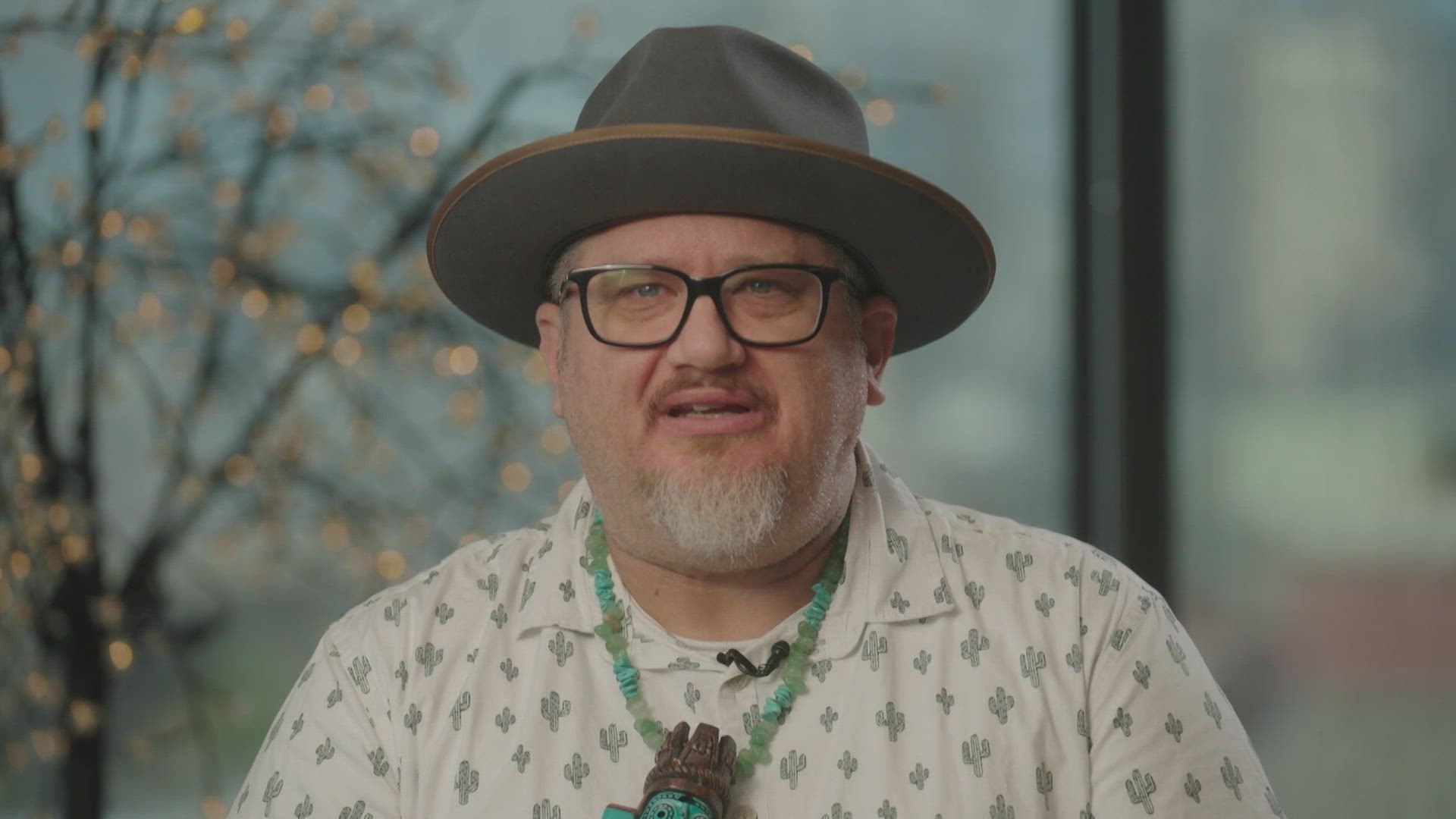SEATTLE — When you think of the word ‘boss’, who do you picture? What’s their gender? Are they white or a person of color?
Despite nearly 30 million Hispanic workers in the labor force in the U.S., Hispanics only held 5% of all executive-level jobs. That’s compared to 3% of Black executives, 6% percent Asian, and 85% White executives.
KING 5 sat down with a group of individuals from Western Washington who are breaking the stereotypes of what a “boss” should look like.

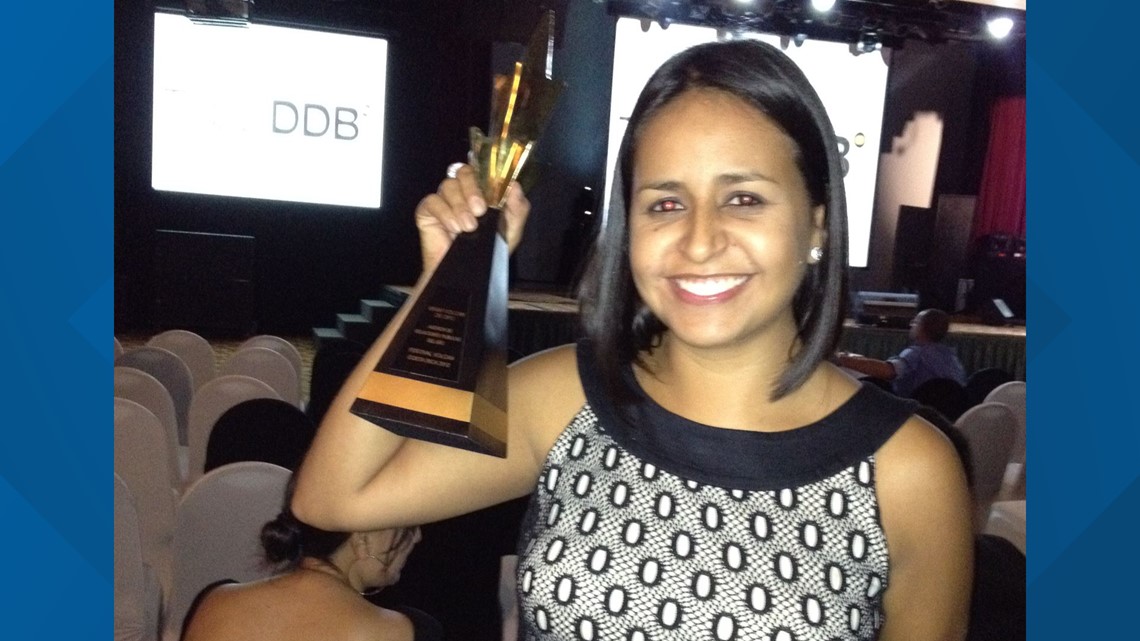
Maria Fernanda (Mafe) Cobaleda-Yglesias is the Vice President of the Vida Agency, a multicultural communications company that specializes in brand campaigns and connects underserved communities to public agencies.

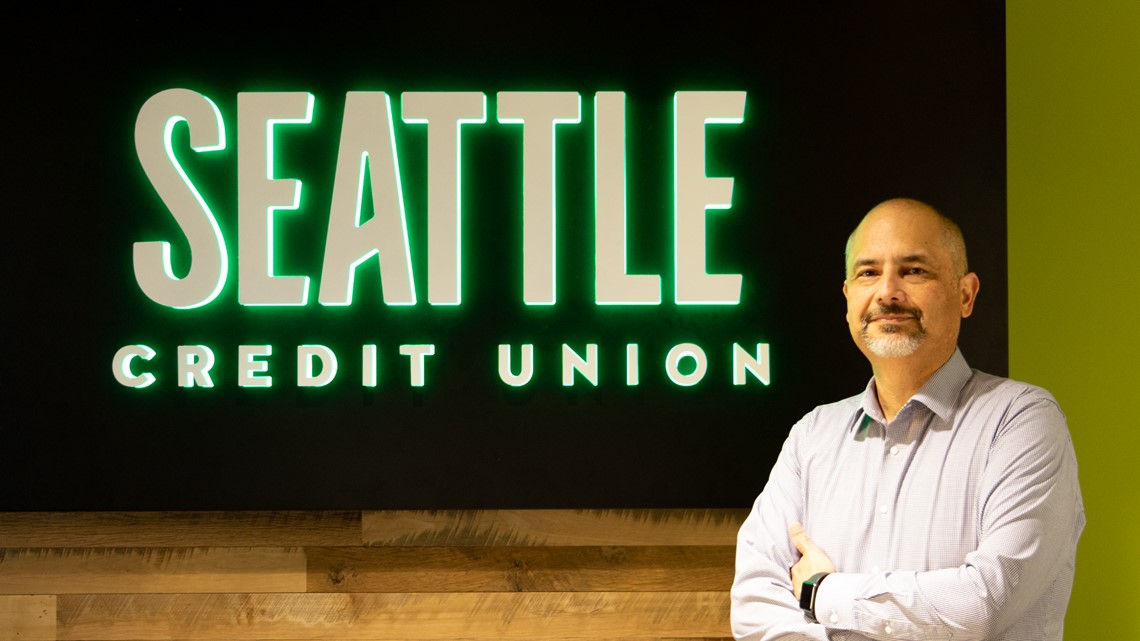
Richard Romero is the President and CEO of Seattle Credit Union, with over 175 employees that he manages. Seattle Credit Union has $1 billion in assets. Richard has been in banking for 35 years.

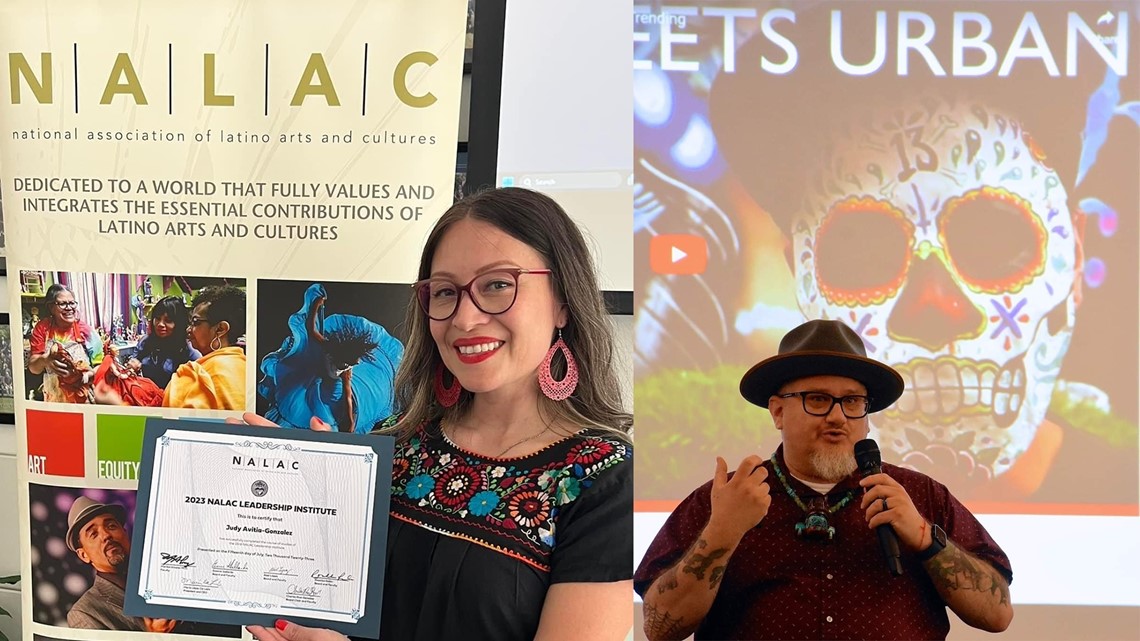
Jake Prendez and Judy Avitia-Gonzalez are the co-directors of the Nepantla Cultural Arts Gallery in White Center. Since 2019, they’ve opened their doors to Chicano artists to showcase their work. Nepantla is the only Chicano Art museum in the Pacific Northwest.

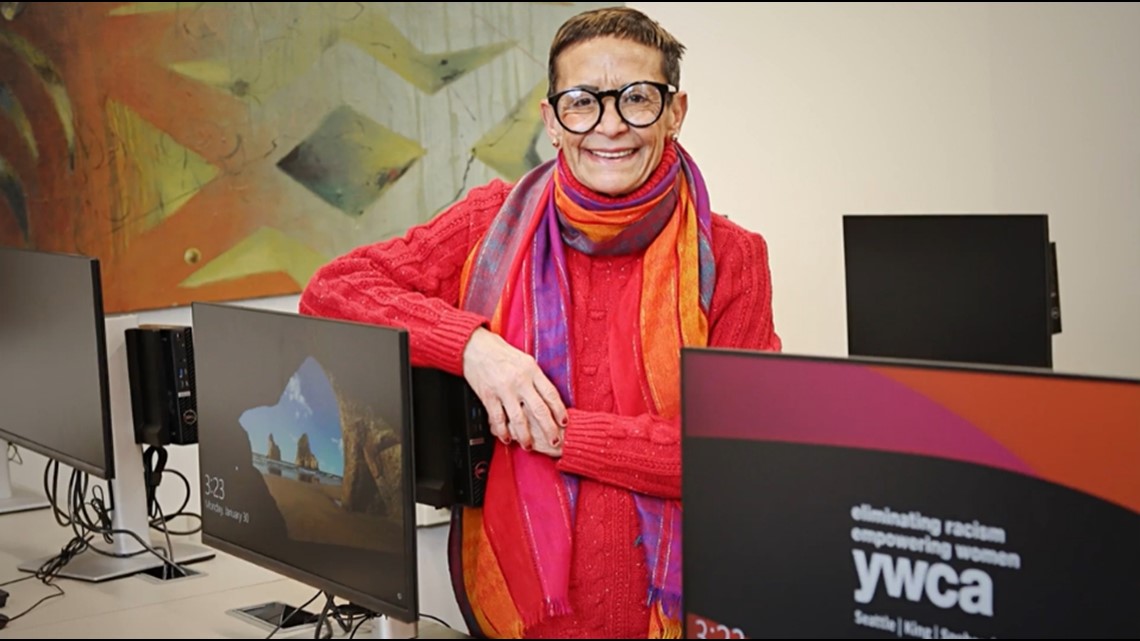
Maria Chavez Wilcox is the president of the YWCA, Seattle-King-Snohomish County which focuses on providing housing, health care, family assistance, and domestic violence protections for individuals seeking help. With over 400 employees, they are one of the largest YWCAs in the entire country.

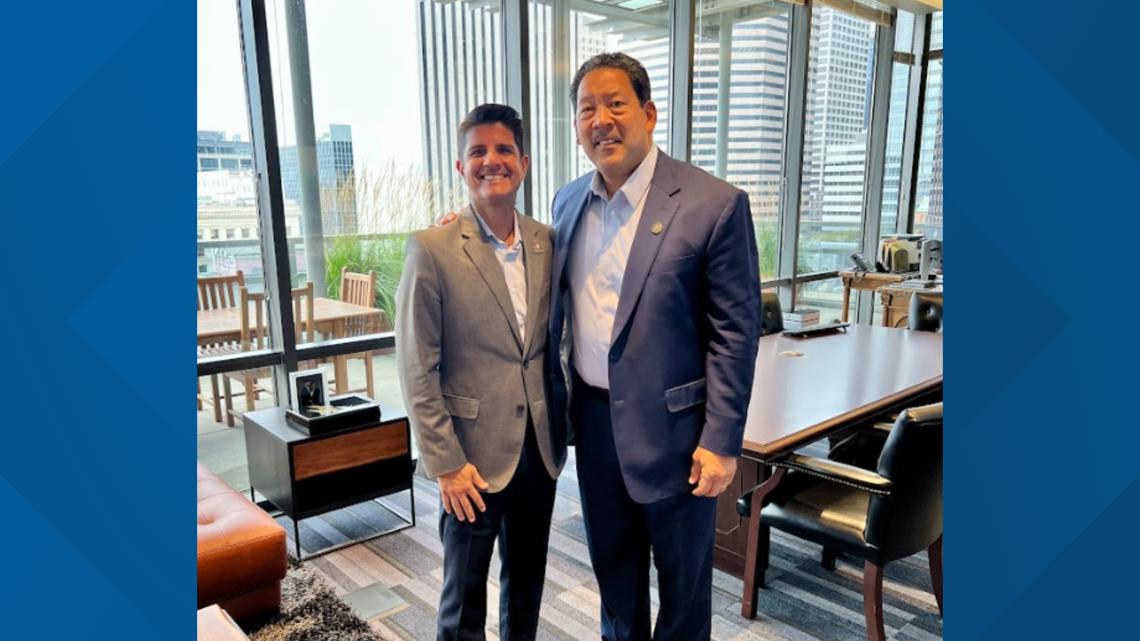
AP Diaz is the Superintendent of Seattle Parks and Recreation. His job is to oversee more than 500 parks across the city, working alongside individuals like Mayor Bruce Harrell to ensure parks stay clean, safe, and modern. He previously worked for the city of Los Angeles as the Executive Officer and Assistant General Manager for the Los Angeles Department of Recreation and Parks.
IMMIGRATING TO THE U.S.
Most of the leaders we spoke to say, they immigrated to the United States at a very young age.
Cobaleda-Yglesias, who was born in Colombia, says her family moved to Seattle for an opportunity to work. This was a sentiment similar to one shared by Chavez Wilcox who said, “I grew up in a very poor ridden neighborhood in Lima, Peru. My mother worked several jobs to be able to take care of me. We left during the military coup, taking over the country. So I came to the United States never knowing a word of English.”
Language also seems like a barrier that Romero knows all too well. He recalls his mother dropping him off in kindergarten on his first day, despite not knowing even “five words of English.”
CULTURE SHOCK
Moving from a culturally diverse place to one with less diversity can be challenging. Coincidentally, most people KING 5 spoke to said they used to live in Southern California before moving to the Pacific Northwest.
Avitia-Gonzalez recalls feeling culture shock when her family moved to White Center. “I remember not having any spaces where I could identify as a Chicano kid growing up,” she said, “To come here where there was nobody on the street… there was one tiny Mexican store in the whole area.”
Her partner Prendez says he remembers there wasn’t a good variety of spaces for Latinx artists. Because of this, they opened up the Nepantla Cultural Arts Gallery. “There wasn’t a space that brought folks together.”
Diaz says he felt the culture shock when he went to college at Georgetown. “During those times there was even less of us than there were today,” he says.
THE “OH” WHEN PEOPLE FIND OUT WHAT YOU DO FOR A LIVING
Romero perhaps put it the best. He said he calls this the “flinch” -- the moment people find out that he’s the president of a credit union, they look at him, and flinch their head back and say “oh.”
Chavez Wilcox says people never believe her when she says she is the President of the YWCA. She thinks it’s because she doesn’t look the part of who they think should look the part.
Gonzalez also shares with us that when people come into their art gallery, they typically try and find her husband first.
“I guess people have this image of what a boss looks like or what, I don’t know what a person in charge looks like. You know, like I’m here to say, no, they can look like me.” Gonzalez also points out that her big hoop earrings and hair aren’t necessarily what someone would picture a boss looking like.
EXPERIENCES IN MICROAGGRESSIONS AND RACISM
We asked our leaders about the microaggressions they have faced in their positions. Some pointed to specific examples, others kept it vague.
“I pulled out my eighth-grade report. And in the report card the teacher had written ‘lazy, lazy, doesn’t apply himself, lazy’” Romero said, “I don’t know… did race have something to do with it? You know, in a direct or indirect way I think it did.”
Romero also shared with us about how he went from being called “Ricardo” to “Richard.” He says when he was working his way through high school, his HR manager said they couldn’t put the name “Ricardo” on a name tag and went with “Richard” instead. Romero said he let it happen because he was already getting made fun of because of his name.
Chavez Wilcox also spoke to us about a time in her childhood when kids made her feel inferior.
“I was going to prove to all those other boys and girls that I was just as smart as they are,” she says.
Prendez recalls the time when he was younger when he first started falling in love with art. He says he remembers when his art teachers used to tell him his art was too “ethnic” and too “gangster.”
It wasn’t until he was in college that he took his first painting class and realized how much he enjoyed making art. Prendez joked and said he remembers thinking his first painting was amazing, but now he looks at it and doesn’t think it’s very good.
Diaz says people of color will at some point in their lives, face some kind of discrimination. He says, “You’re going to face some unseen assumptions about who you are.” But also adds, “Be proud of it.”
WHAT PIECE OF ADVICE WOULD YOU GIVE TO THE YOUNGER GENERATION?
Romero admitted to us that he suffers from imposter syndrome from time to time. He also adds that people can be anything they want. “That’s what I tell both my kids. I don’t care whatever you’re going to do, just do it well and love it.”
Chavez Wilcox says you can’t believe what other people tell you.
“If you get a no, you’ll get it once, twice, three times,” she says, “You’re eventually going to get a yes. Don’t give up.”
Diaz says, “Be proud of who you are. Recognize that our people are strong.”
Cobaleda-Yglesias says the biggest challenge can sometimes be ourselves. “There’s going to be moments where you think, you got it. And then if it doesn’t happen, that’s okay, that’s life.”

